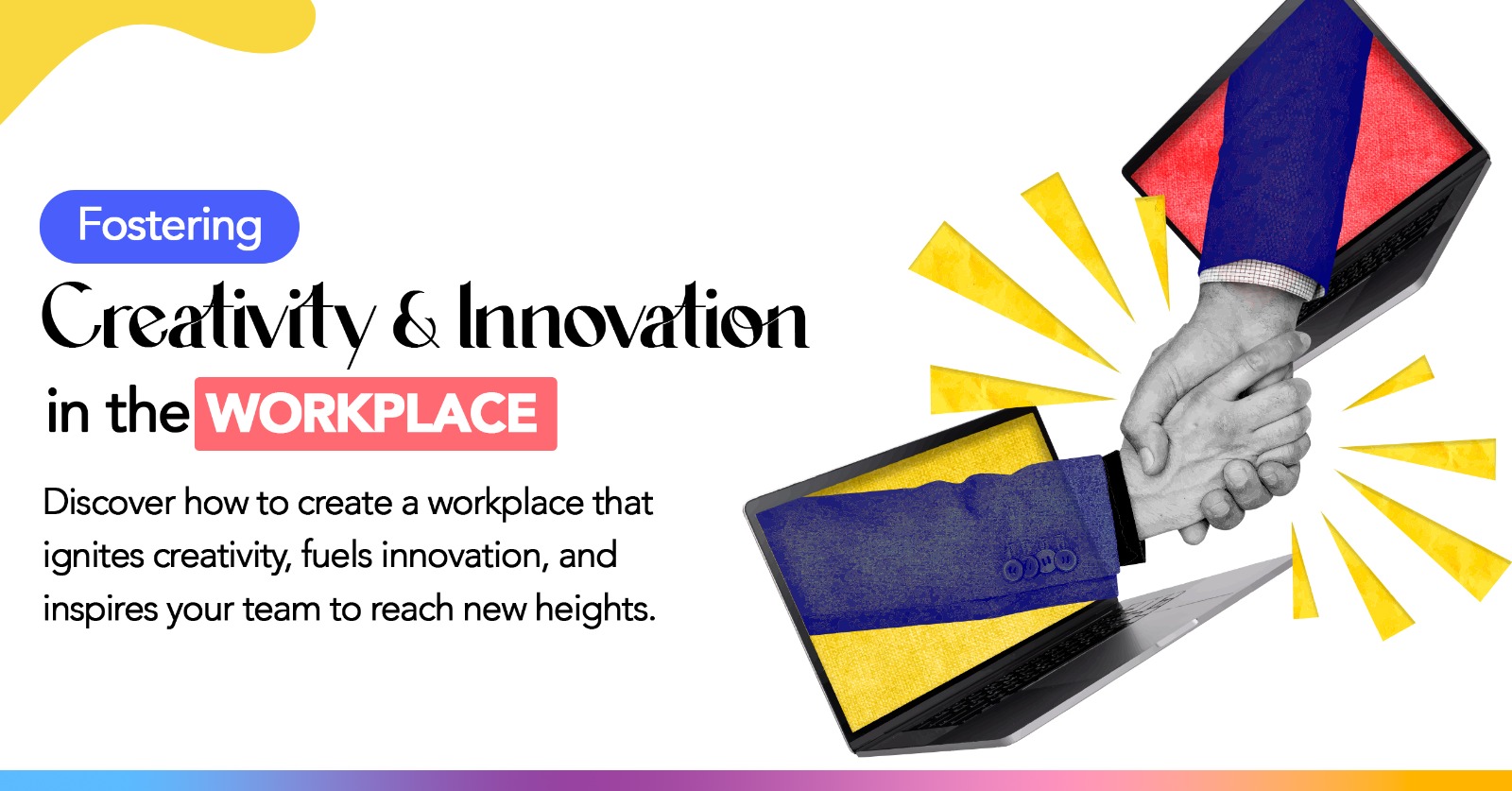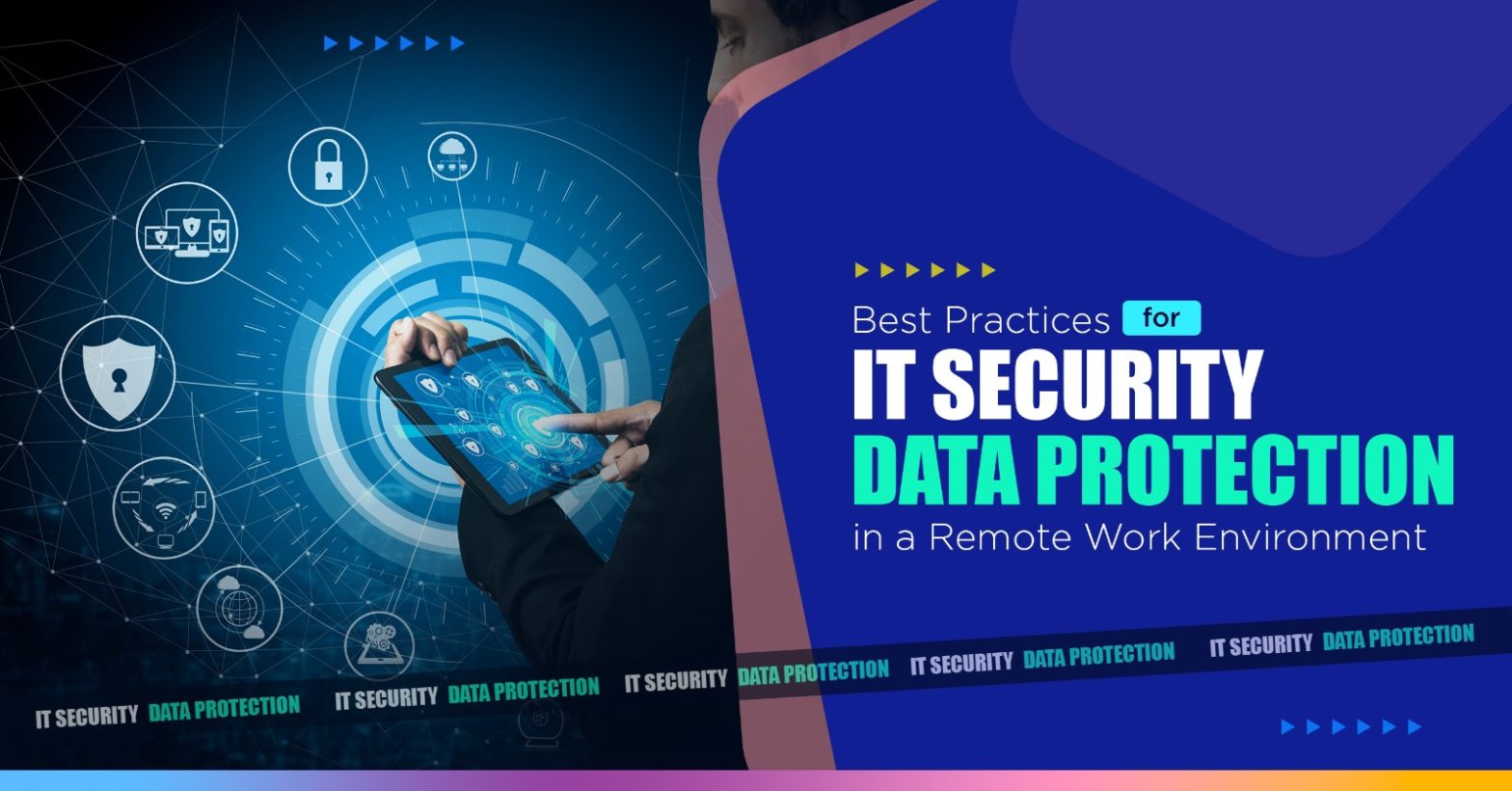Fostering Creativity and Innovation in the Workplace
Posted On May Friday 26, 2023

One can indeed fill a volume with quotes on the term “creativity”. From the famed poet Maya Angelou’s saying, “You can’t use up creativity. The more you use, the more you have”, to “Creativity is intelligence having fun.”
These quotes serve as an inspiration for the importance of creativity. One of my favourites is “If you want creative workers, give them enough time to play.”
Yet, I have observed that most organizations fail miserably when it comes down to encouraging their workforce to be creative and innovative. Employees fear breaking the mould, changing the rules, and just having fun. But it’s never too late to set free from a creative rut.
Why Does Creativity Matter
McKinsey & Company’s Award Creativity Score (ACS) clearly states a direct connection between an organization’s financial performance and its desire for creativity (or at least winning awards for creativity). Of the organizations that have been ranked as creative based on McKinsey’s metrics, approximately 67% showed above-average revenue growth. In comparison, 70% showed above-average returns to shareholders, and close to 74% scored above-average net enterprise values.
Are these impressive returns for imagination and originality? Well, the truth is that creativity eventually results in innovation, and innovation generates value. It could be through the products organizations design, the services they provide, or even how these organizations market themselves to establish a connection with their customers. The world’s most innovative organizations are also the most valuable.
Consider the example of the Apple iPhone’s basic form and utility, which has mostly stayed the same since its launch in 2007. However, over the past 15 years, small yet essential innovations have been made to the device. A bigger screen, an evolving user interface, advanced cameras, and biometric recognition — all of these have changed the once novel device into an indispensable and intuitive accessory.
The following points hold for creativity and innovation:
- Creative thinking is crucial for coming up with innovative solutions to meet customers’ requirements to solve their most challenging problems, perhaps even problems they could potentially discover in the future.
- Innovative thinking brings forward ideas even when they seem outside the box or counterintuitive. Encouraging such a process builds an environment of problem-solving and collaboration that gives your team a stake in the outcome.
What stops us from having fun?
Why do organizations fail to prioritize creativity if creativity is so crucial? In my view, the two main reasons are:
- Some organizations, such as accounting firms or financial institutions, operate within an industry not traditionally connected to innovation. However, innovation is not just about creating new things but also about making workflows and processes more efficient.
- Some others adhere to the “don’t fix what isn’t broken” mentality. They believe things have always been done in a certain way and there is no need to change when things work fine. However, this attitude leads to stagnation. A savvy competitor who streamlines processes and automates low value, who encourages creative thinking, can leave the stagnant organization struggling to keep afloat.
How can We Encourage Creativity and Innovation in the Workplace?
Encouraging creativity and innovation is easier said than done. From managing competing organizational priorities to overcoming internal resistance, quite a few things could get in the way. However, no matter which industry you are in, tapping into the innovative potential of your people and your business, more generally, is a mix of management approaches, shared values, resources, and strategy. So how do you go about this?
Here is a quote that has stuck with me: “If you want creative workers, give them enough time to play.” but the burning question is, how?
Though automation and creativity may seem like odd bedfellows, harnessing the power of automation can work wonders in banishing those mundane, time-devouring tasks and free up time for you and your team to explore creative opportunities.
Next, build an environment that encourages peer-to-peer interaction and exchange of ideas. This does not mean redesigning your office space into a giant open-air stadium, but you must also have your employees free of their cubicles or offices.
Make some space and time where creatives can meet and discuss the state of a company on a regular schedule. Team-building exercises are great tools to enable people to get outside their comfort zones and think “out of the box”. Do whatever it takes to get your employees to feel that their ideas can positively impact everyone. Make sure your people feel safe to share their wildest ideas without fear of blame, shame, or overt criticism.
Finally, you need to take action on the good ideas and reward your team’s creative skills. It is not enough to state that you need “savvy” and “competent” team players – acting on those notions is also essential. In other words, incorporate the concepts that help move your company forward and reward those who make it happen.
When creativity is the foundation of your organization’s culture, all the steps mentioned above turn innate to your organization. As a result, your organization will attract creative talent more naturally.
Wrapping Up
Smarter times lie ahead because of creativity and innovation. It takes a lot of effort and time to adopt an innovative mindset. Innovation culture, however, can be well-practised within an organization. What works is transforming thought into reality through sharing ideas, cooperation, knowledge, and experimentation. Companies should set the conditions that enable their employees to fully realize their creative potential to foster an environment of creativity and innovation.

